
You’ve booked your ticket, you’ve packed your bags, and you’re ready to explore the stunning landscapes of Vietnam. While English is widely spoken in major tourist areas, speaking a few basic Vietnamese phrases can unlock a deeper, more meaningful travel experience. It shows respect for the local culture, opens doors to friendly conversations, and can even help you find the best street food stalls.
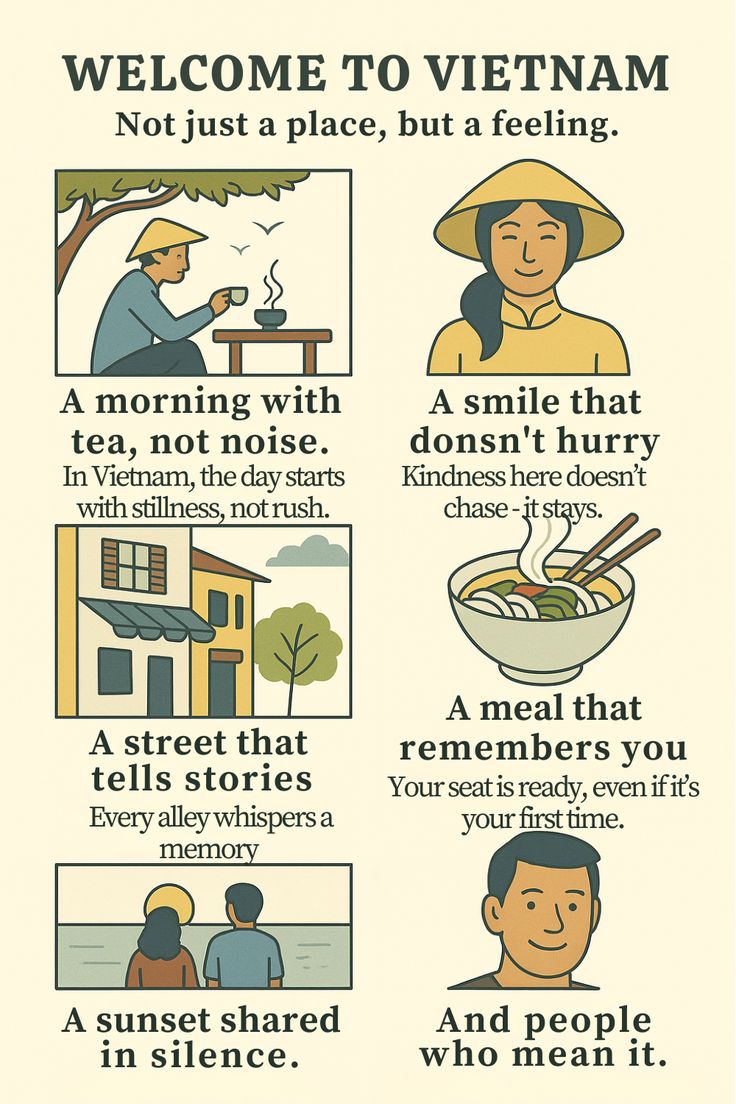
Forget about memorizing a whole dictionary. Here are 10 essential Vietnamese phrases that are easy to learn and will make your trip to Vietnam unforgettable.
This is the most fundamental phrase, and it’s a great way to start any interaction. “Xin chào” is a universal greeting that shows respect and a friendly attitude. You can use it when you first meet someone, walk into a shop or a restaurant, or greet your tour guide. In more casual settings, you can simply say “Chào” (sounds like “chow”), but “Xin chào” is a safe bet for any situation.
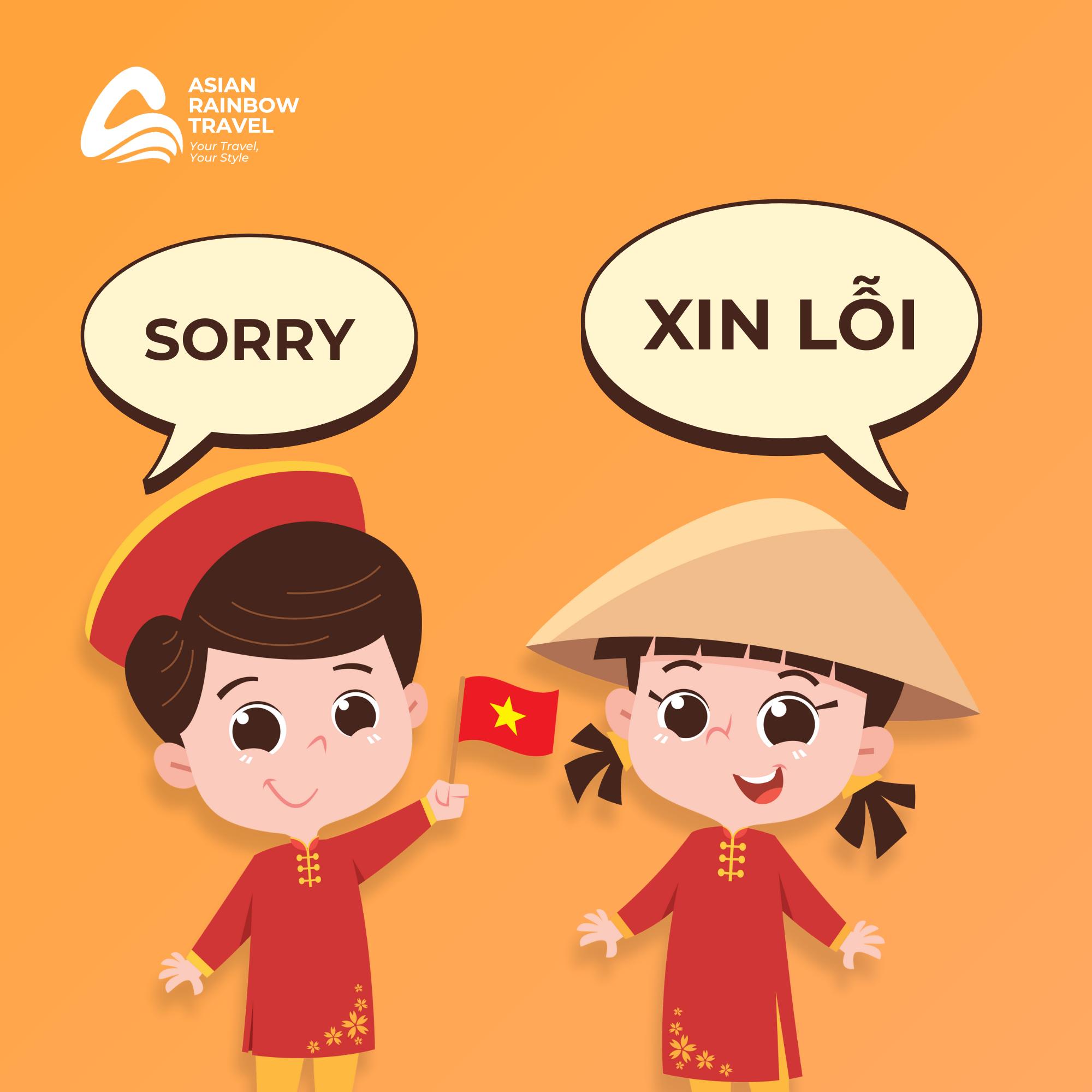
A little gratitude goes a long way. Saying thank you is a gesture that is appreciated worldwide, and in Vietnam, it’s a wonderful way to express your appreciation for the local hospitality. Use “Cảm ơn” when someone helps you, after you’ve had a delicious meal, or when a vendor hands you your change. It’s a simple word that carries a lot of warmth.
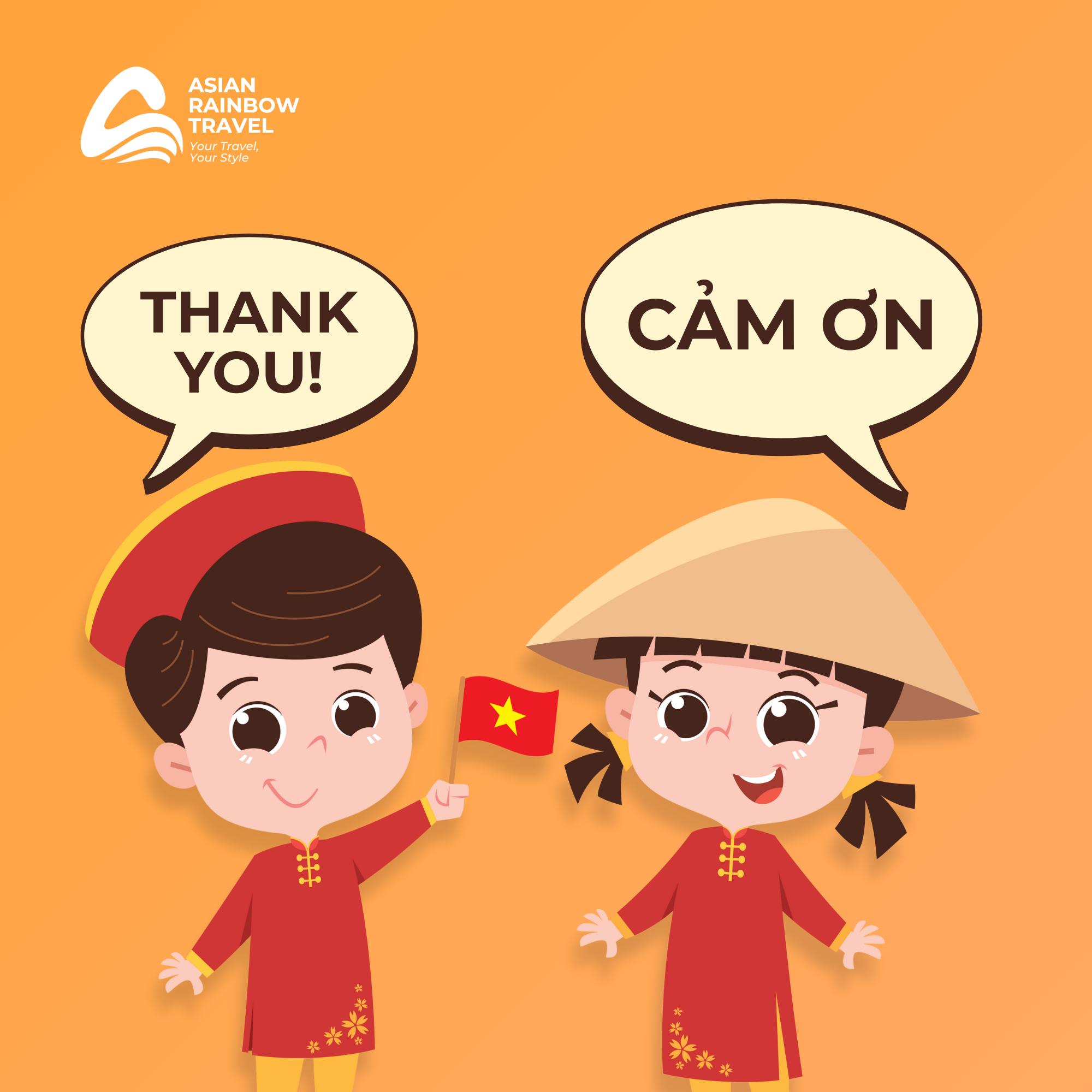
This phrase is useful for apologizing or getting someone’s attention. If you accidentally bump into someone or need to get past a crowded area like a busy market, “Xin lỗi” is the polite phrase to use. It’s a key phrase for navigating the busy streets of Vietnam.

These are simple but essential for understanding and being understood. “Có” means “yes” and “Không” means “no.” Using these words correctly can help you in various situations, from answering a simple question to making a decision about a purchase.
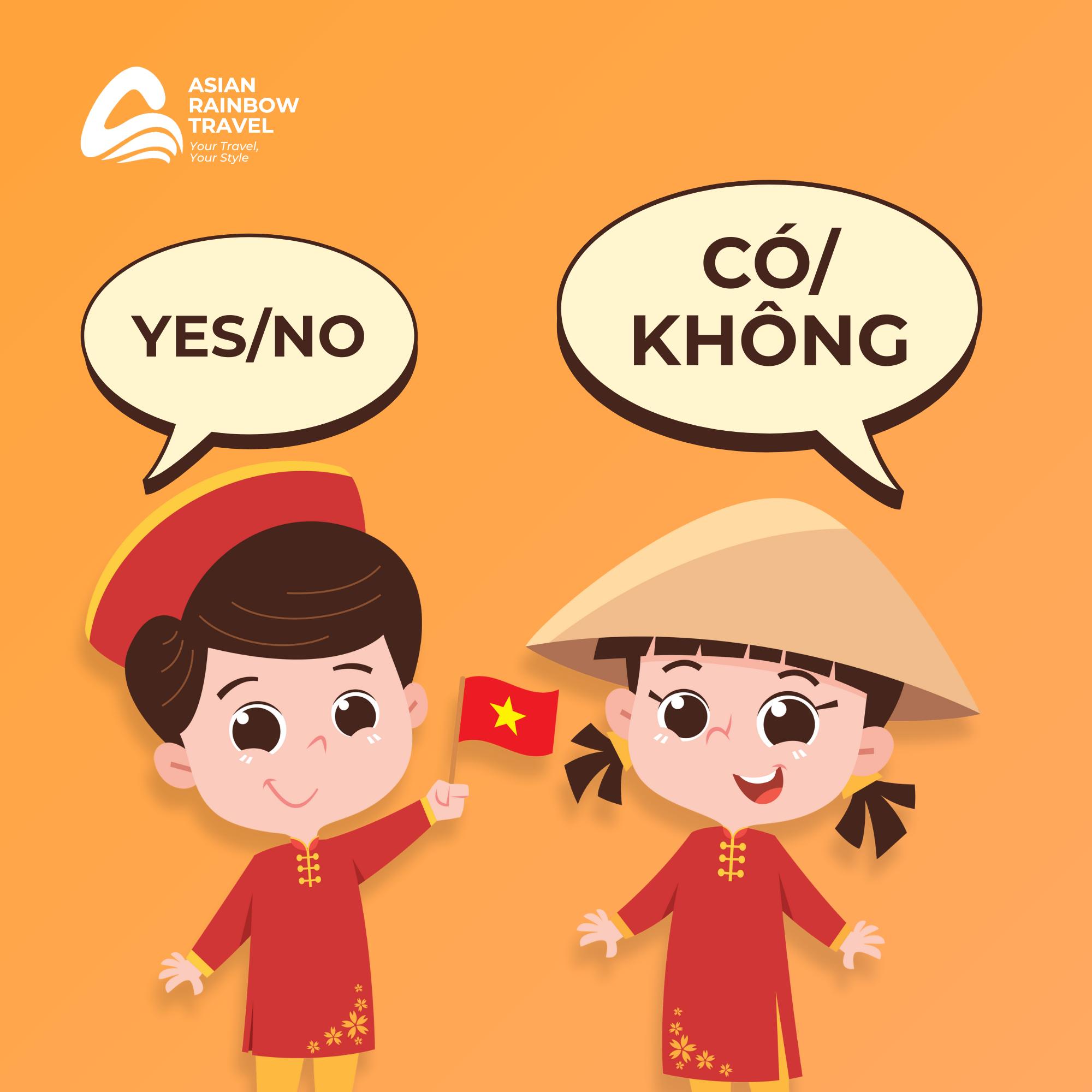
This is your best friend when shopping at local markets. Instead of just pointing, ask “Bao nhiêu?” to show you’re a savvy shopper. Asking the price directly in Vietnamese can also help you get a fairer price and avoid being overcharged.
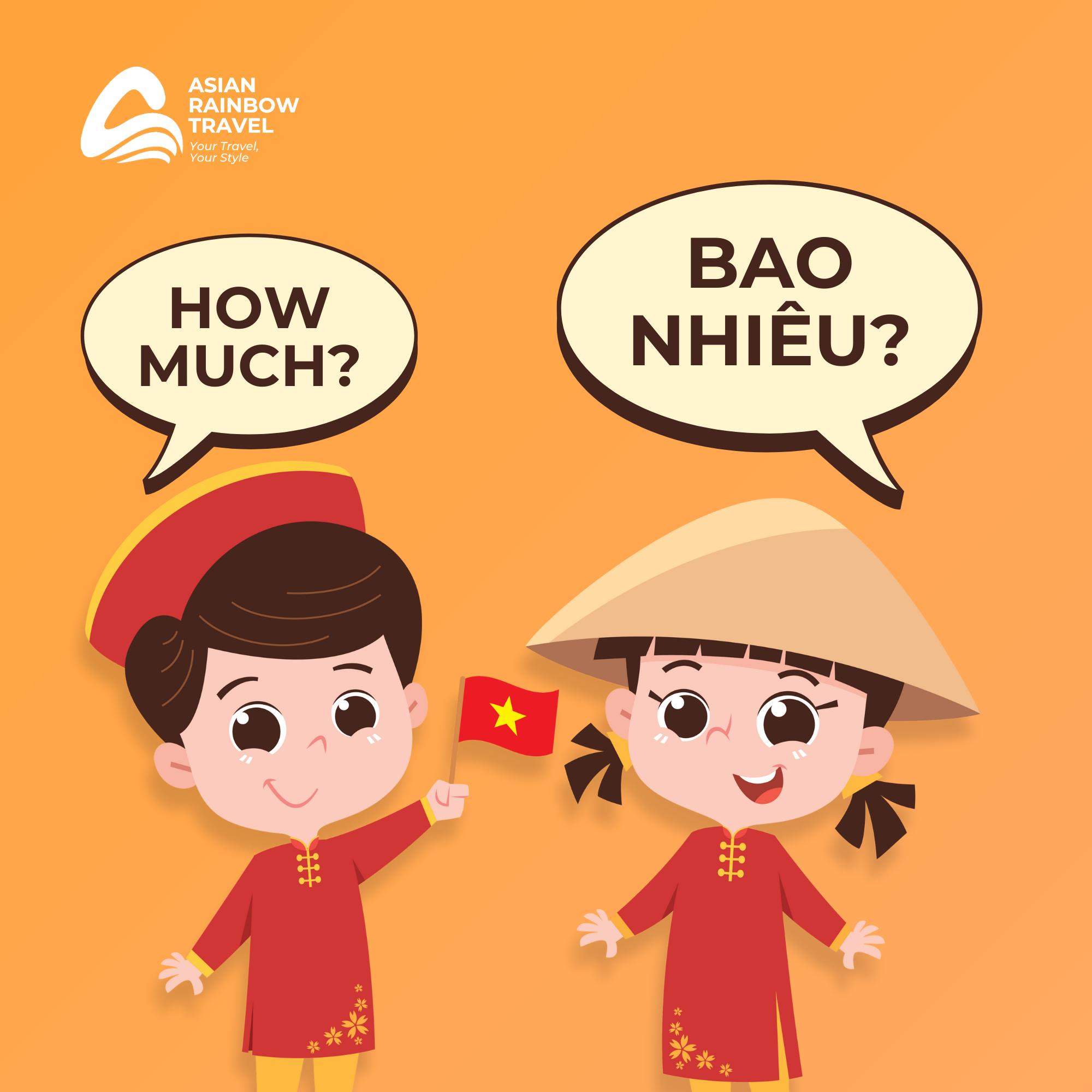
Vietnamese people take great pride in their cuisine. Saying “Món này ngon quá!” will not only delight the person who prepared your meal but might also earn you a generous smile or even an extra portion! It’s a wonderful way to show your appreciation and connect with the locals.
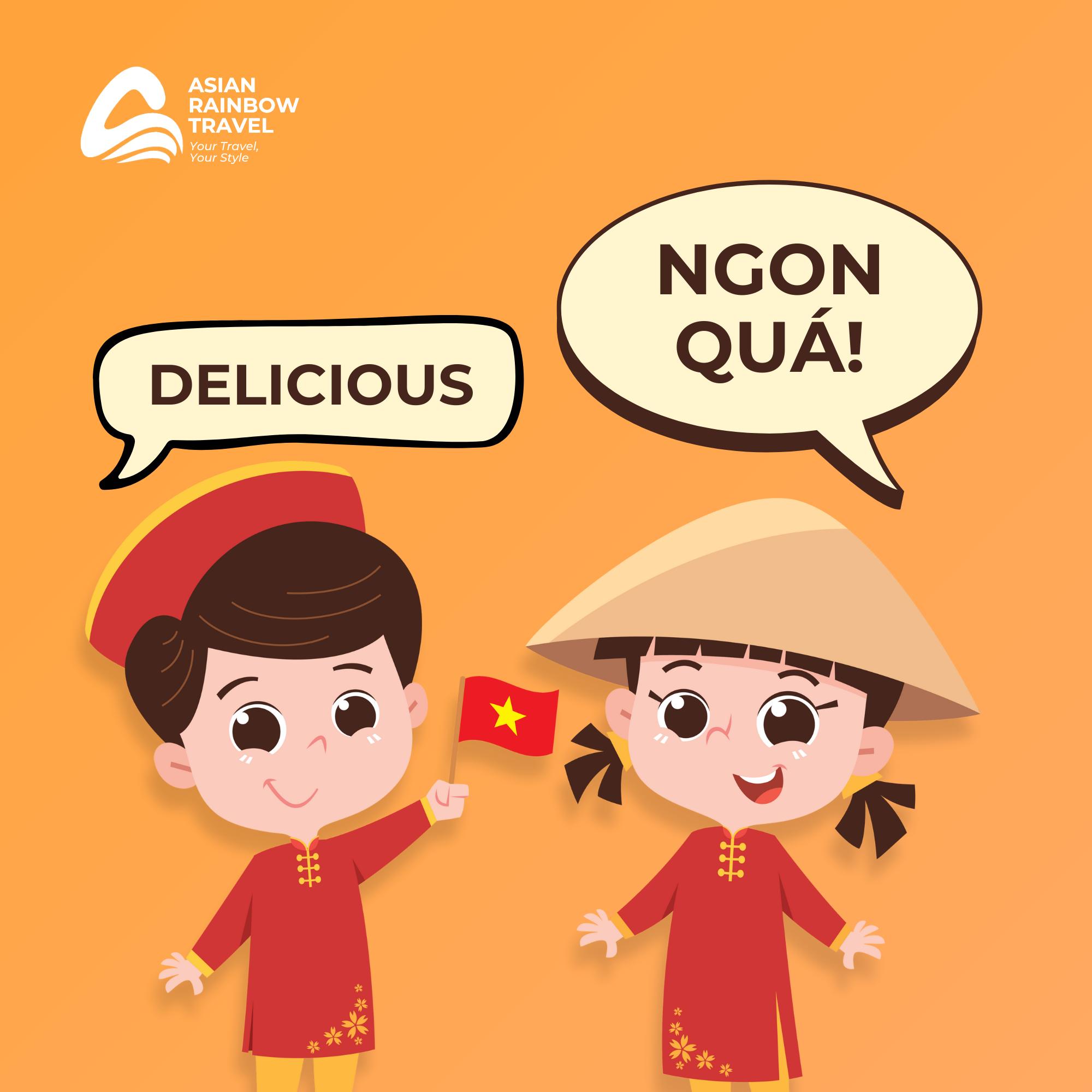
This phrase is particularly helpful at the market. Just add the name of what you want to buy after it. For example, “Tôi muốn mua cà phê” (I want to buy coffee) or “Tôi muốn mua phở” (I want to buy pho). This shows you’ve done your research and you know what you want.
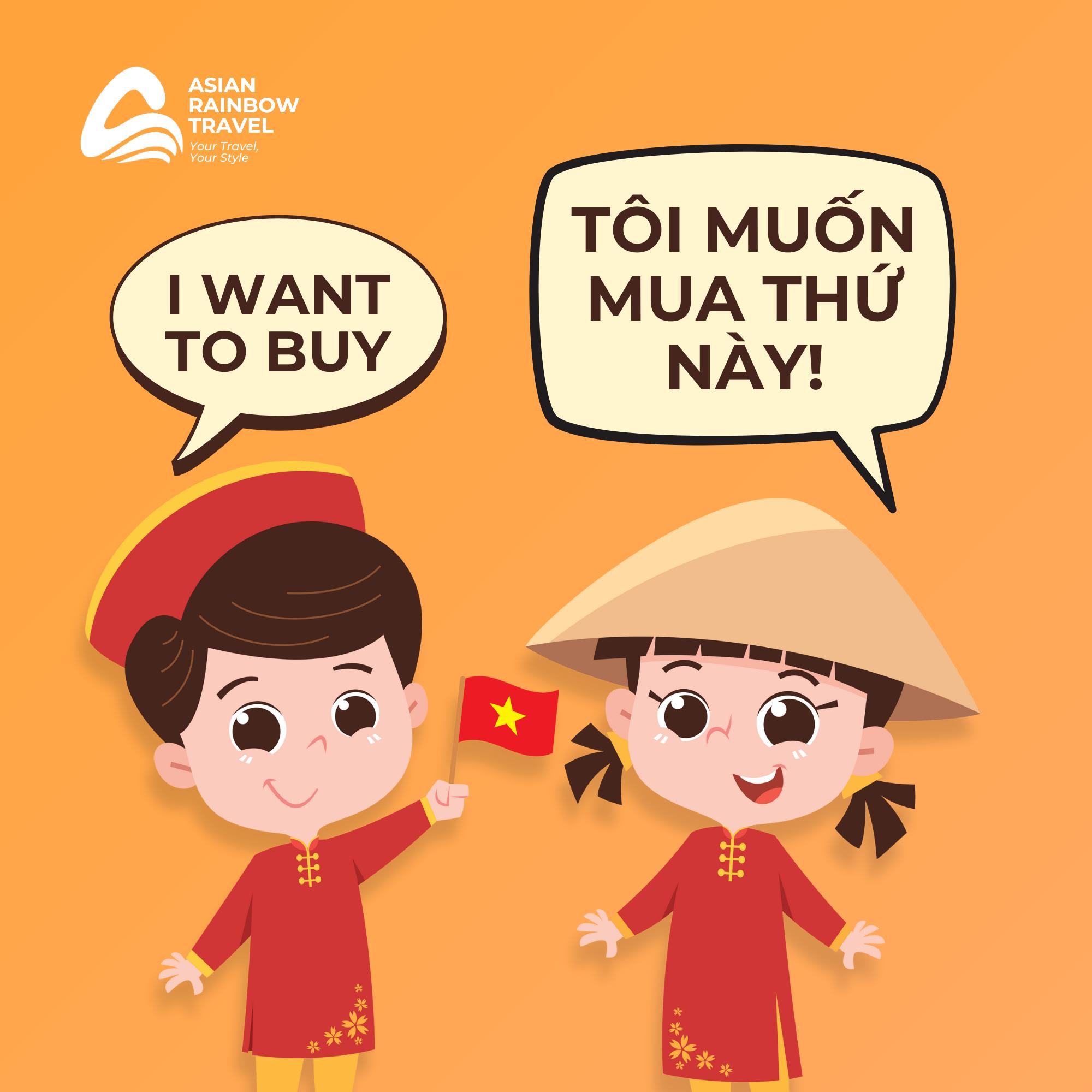
A very practical phrase for any traveler. “Nhà vệ sinh ở đâu?” will help you when you’re in a pinch. It is a polite way to ask for directions to the restroom in a restaurant, a café, or a shopping mall.
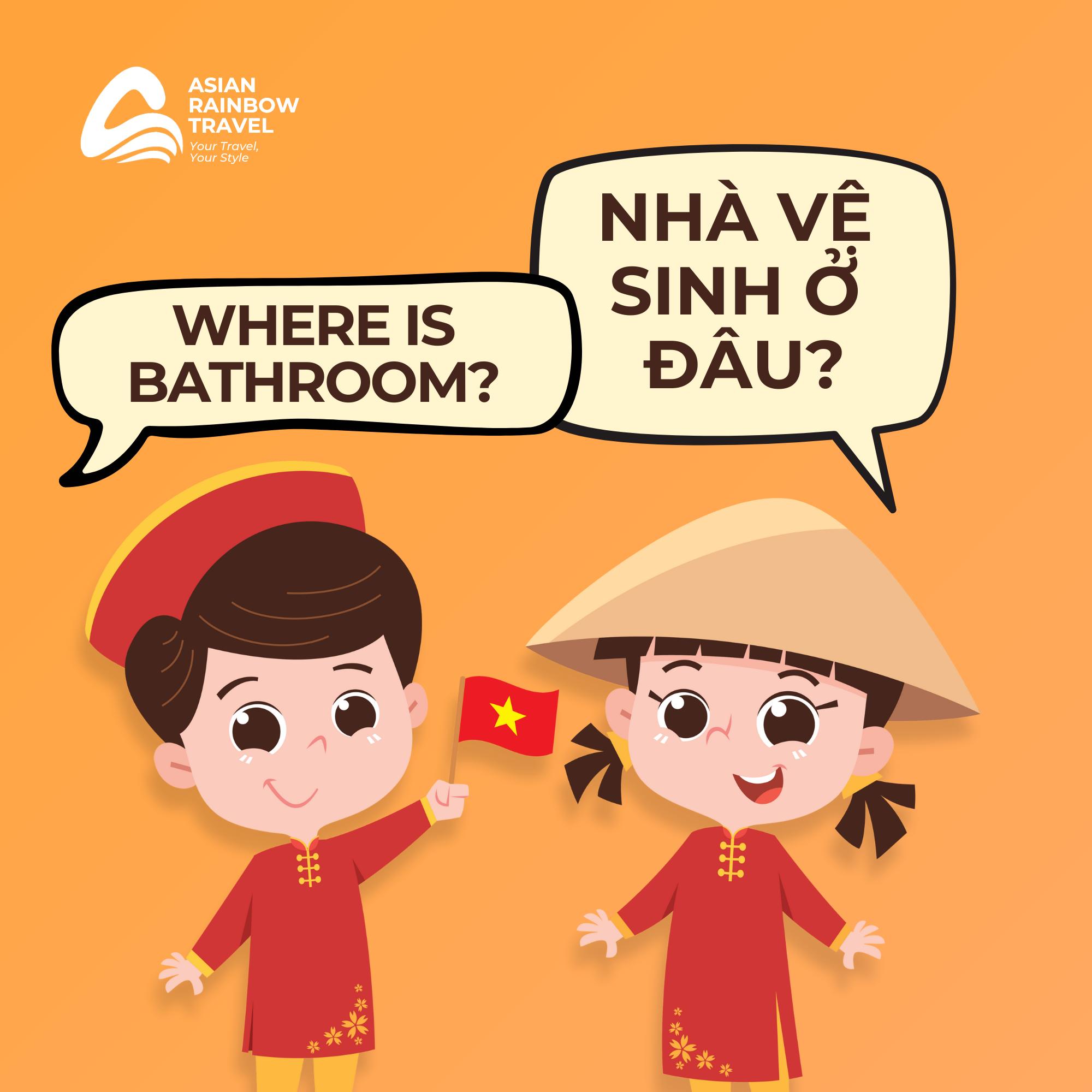
Sometimes, no matter how hard you try, language can be a barrier. It’s okay! Just say “Tôi không hiểu” and people will understand that they need to try a different approach, perhaps using hand gestures or a translation app. This phrase can help you avoid awkward situations and show that you’re trying to communicate respectfully.
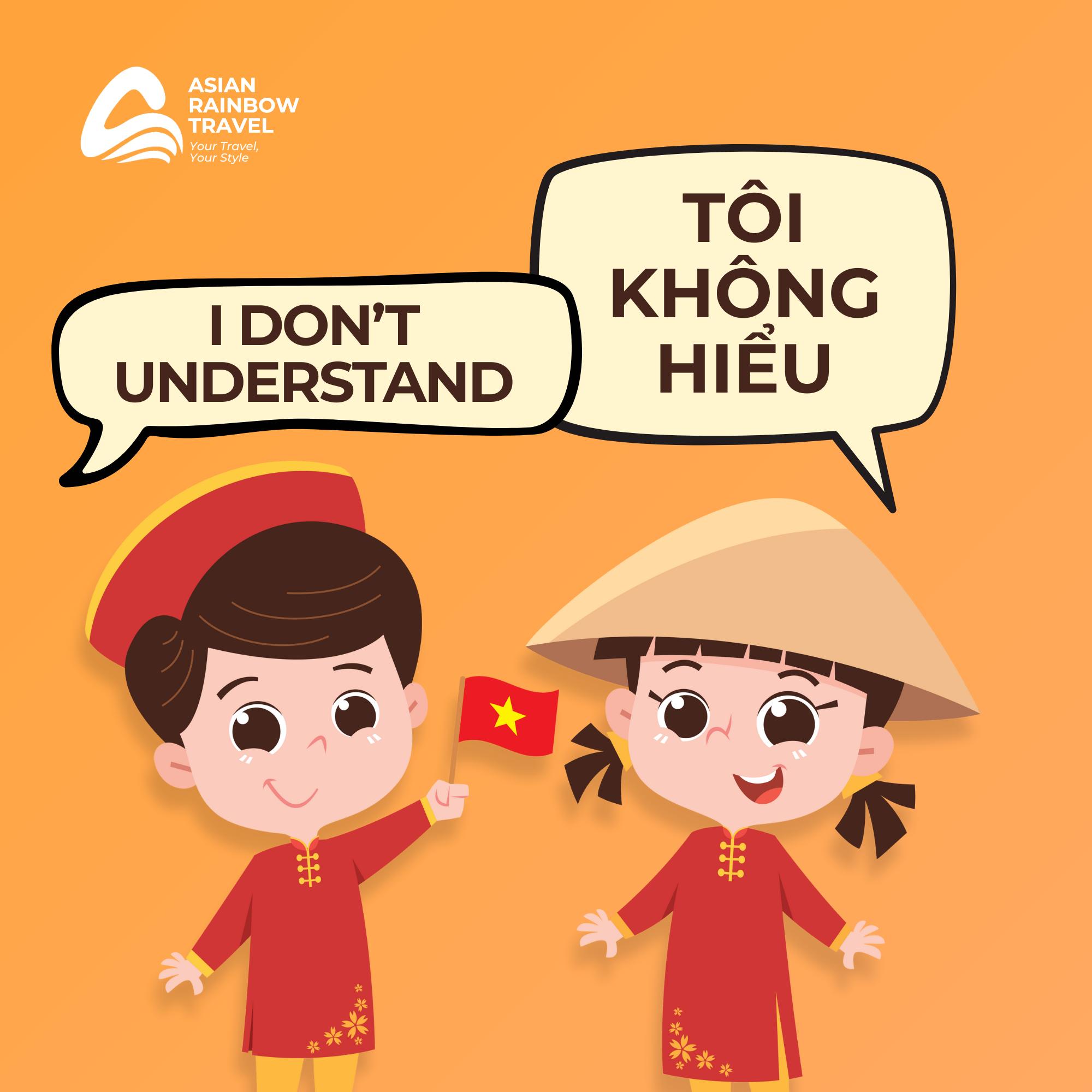
Vietnamese people are incredibly friendly and curious. Asking this question shows that you’re interested in them and their culture. You can then follow up with a simple “Tôi là người Mỹ” (I am American) or “Tôi là người Anh” (I am British) to introduce yourself and start a conversation.
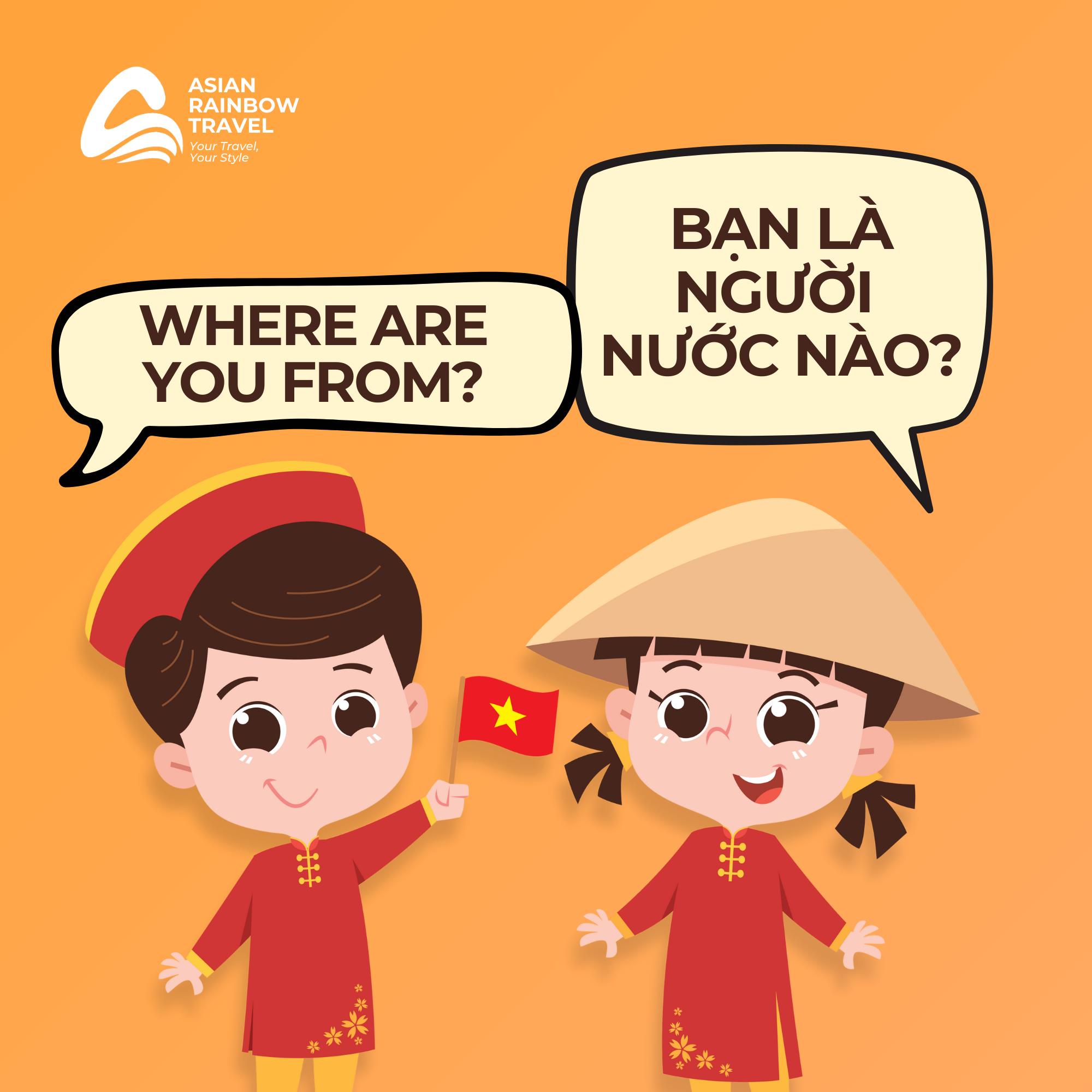
Learning these 10 phrases is a small effort that can make a world of difference during your trip. It’s a key to connecting with the warm, hospitable people of Vietnam and experiencing the country on a much deeper level.
Ready to put these phrases to the test on your next adventure? Contact Asian Rainbow Travel today, and we’ll help you design a tailor-made journey that lets you explore Vietnam like a local.
Asian Rainbow Travel – Creating journeys that reconnect and inspire.
